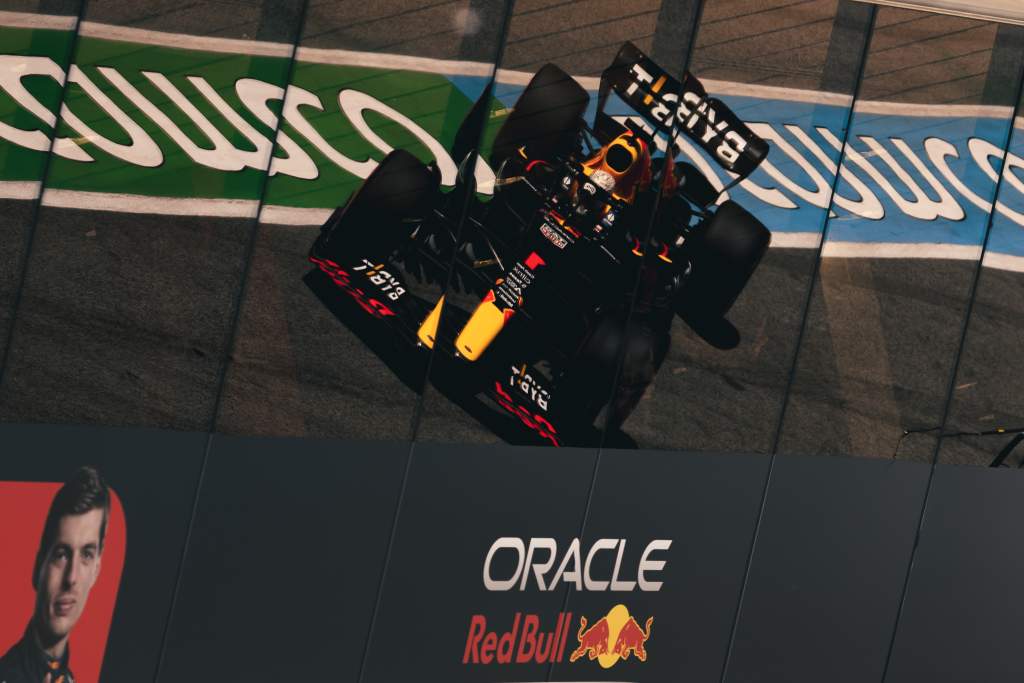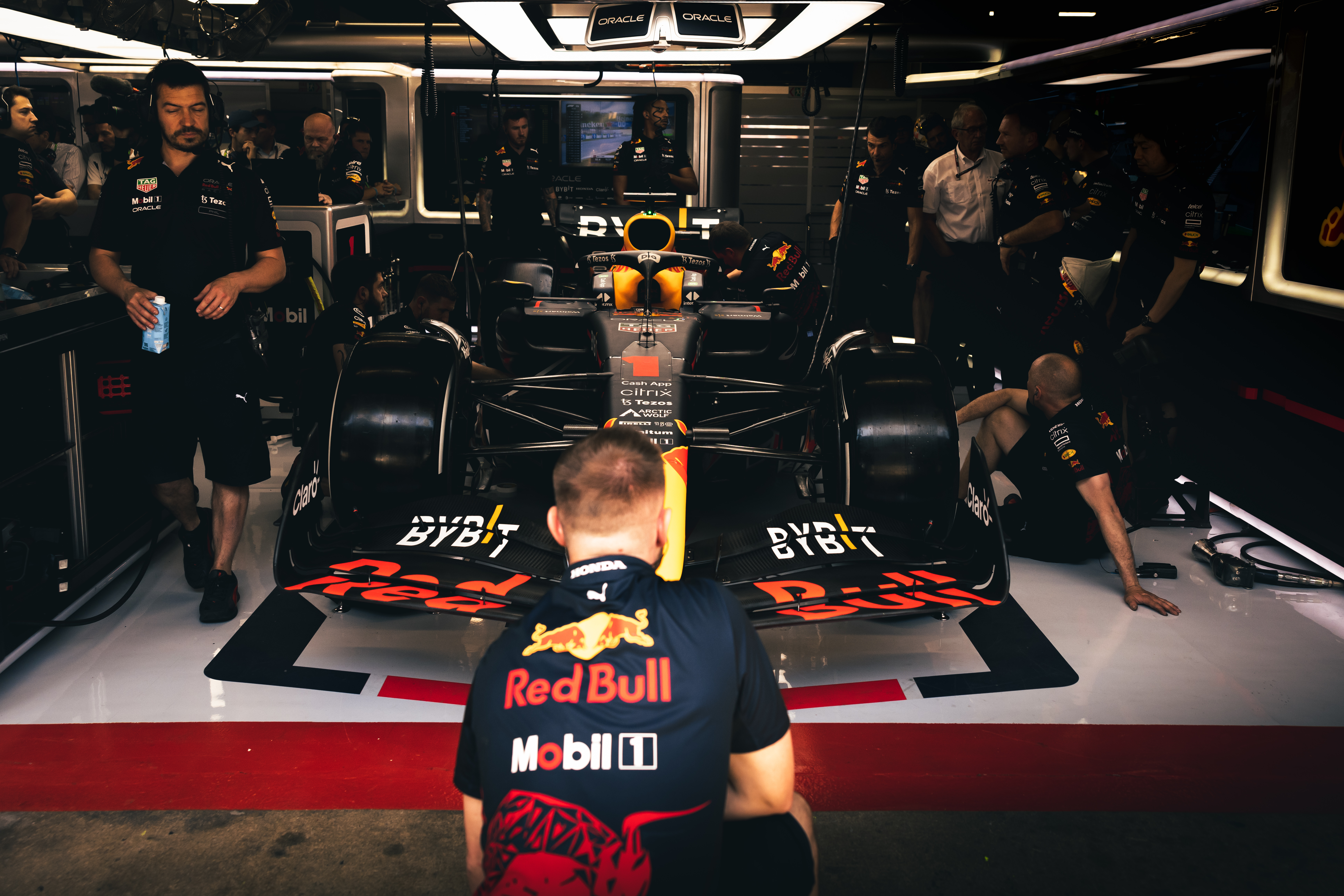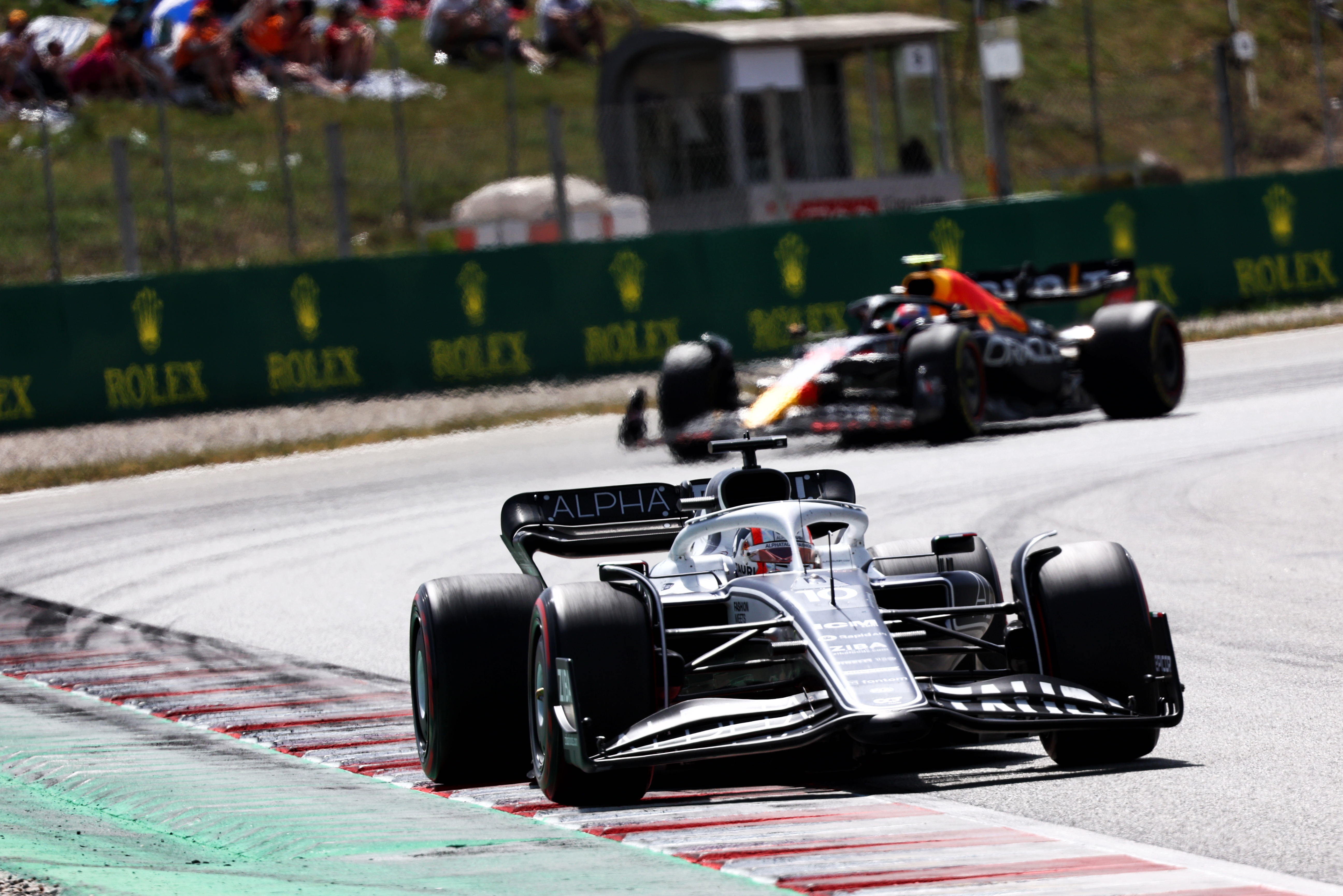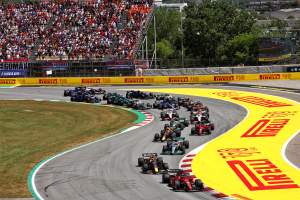Rivals suspect Verstappen had pre-race fuel temperature drama
Rival F1 teams suspect Max Verstappen was at risk of having over-cooled fuel before the start of the Spanish GP, but the FIA says it was within the legal window at all times once the car left the garage

Rival Formula 1 teams suspect Spanish Grand Prix winner Max Verstappen was at risk of having over-cooled fuel in his Red Bull – the issue that led to Aston Martin not making it onto the grid in Miami – before the start of the race.
But the FIA is adamant that according to its live monitoring, Verstappen’s car was within the legal fuel temperature window at all times once it had left the garage.
Article 6.4.2 of F1’s technical regulations stipulates that “no fuel intended for immediate use in a car may be more than 10 degrees centigrade below ambient temperature”.
The ambient temperature figure the fuel is measured against is taken from two hours before the race, and on Barcelona race day the figure was 35C, meaning a legal minimum of 25C in the car. The regulations demand that fuel temperatures are at least at that minimum level any time the car is not in the garage.
Both Verstappen’s Red Bull and Pierre Gasly’s AlphaTauri were later than other cars out of the garages in Spain and then took time to form up in their positions on the grid at the end of their reconnaissance laps, which raised suspicions that they were still trying to get their fuel up to temperature at that point.

A heated discussion on the grid between Red Bull’s chief engineer Paul Monaghan and FIA technical delegate Jo Bauer and deputy head of single-seater matters Tim Goss was also witnessed.
Fuel gives greater performance at lower temperatures, as it is denser and more explosive when cooled.
But the FIA monitors temperatures in real time and when asked by The Race it said the fuel in Verstappen and Gasly’s cars was always above the legal minimum, including on the way to the grid.
When asked about paddock suggestions that the late pre-race activity in the Red Bull garage was related to fuel temperatures, Ferrari team principal Mattia Binotto alluded to the suspicions but said he had to trust the FIA’s data.
“I can imagine it was down to the fuel temperature,” he said.
“They need to be a maximum 10C below the ambient. It should be at all times during the event. So not only when the car is going out but when the car is in the garage itself.
“I can only trust the FIA.
“It’s difficult to understand that they were maybe heating up the fuel through a fire-up because it would not explain… as I said, it should be [legal] at all times.
“I can only trust the FIA and I’m pretty sure they are comfortable. They checked it. And maybe that’s not the right explanation as well, you should ask them.”
Verstappen recovered from an early trip into the gravel and malfunctioning DRS to win ahead of team-mate Sergio Perez, while Ferrari’s Charles Leclerc retired with engine problems when leading comfortably. That result meant Red Bull moved ahead in both championship battles, with Verstappen now six points in front of Leclerc in the drivers’ standings and Red Bull 26 in front in the constructors’.

Gasly finished 13th for AlphaTauri.
Aston Martin had to give up Lance Stroll and Sebastian Vettel’s 10th and 13th places on the Miami grid a fortnight ago because it had over-cooled the fuel in its cars and needed to get them up to legal temperature in time, meaning they started from the pitlane.



